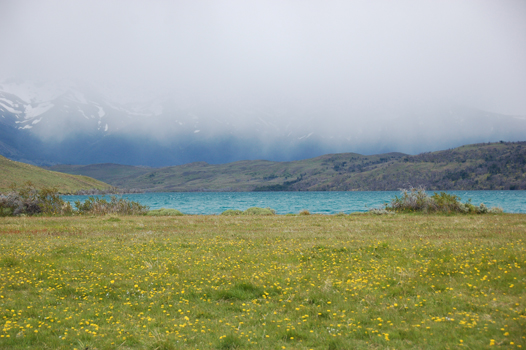Image: reuseeverything.org
The previous post, “The ghosts of our consumption,” illustrates the scourge of plastic on sea life. Could plastic thatch roofs be a solution?
Betsy Teutsch writing in The Atlantic:
“David Saiia, a professor of strategic management and sustainability at Duquesne University, has come up with a brilliant alternative: plastic thatch from the huge amount of discarded plastic.”
“Saiia specializes in developing business solutions that will help people out of poverty while preserving habitats. On one of his many trips taking university students to the Ecuadoran nature preserve, Maqui Picuna, he challenged them to think of something useful to do with all the plastic bottles littering this scenic Andes cloud forest. Saiia’s sculpture, painting, and drawing skills kicked in; shortly a proverbial back-of-the-envelope drawing launched his business transforming bottles into thatch strips. The tops and bottoms are sliced off; the remaining body of the bottle is flattened and then cut into strips. (Saiia and Carnegie Mellon’s Engineers without Borders are now tweaking a human-powered machine to do this work.) Next, the strips are adhered to a cross-strip using ultrasonic sealing machines provided by Dukane. If you’ve ever sliced yourself wrestling with a device encased in clam-shell plastic, you know how effective ultrasonic sealing is.”
Replacing traditional thatch roofs with corrugated tin roofs creates homes trap heat and produce deafening noise when it rains. Plastic thatch roofs are a quieter, longer lasting solution.
Sources



